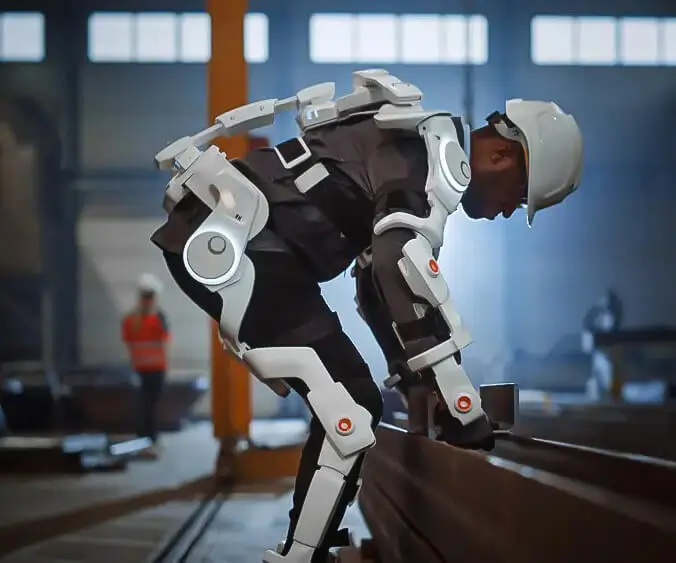If you’ve ever marveled at the fluid motion of robotic arms, camera gimbals, or remote-controlled vehicles, chances are, servo motors are behind those impressive feats. Their compact size, precision control, and ease of use make them a favorite among electronics enthusiasts, educators, and makers. When paired with the Arduino Uno—an affordable, versatile microcontroller—the possibilities multiply exponentially.

Understanding the Servo Motor
Before diving into coding, let’s understand what makes servo motors so special. Unlike standard DC motors, which spin freely, servo motors incorporate a built-in control circuit that allows for precise positioning. Most hobby servo motors can rotate approximately 180 degrees, though some advanced models can rotate a full 360 degrees or more. They respond to PWM (Pulse Width Modulation) signals, which tell them exactly where to move—and how fast.
In essence, a servo motor has three wires: power (usually red), ground (black or brown), and control (yellow, white, or orange). The control wire carries the PWM signal. By varying the pulse width, you determine the servo’s position.
Getting Started with Arduino Uno and Servo Motor
The Arduino Uno popularized microcontroller-based hobbies thanks to its simplicity, open-source design, and a massive community. Connecting a servo motor to an Arduino Uno is straightforward: power, ground, and control pins are connected appropriately. The challenge then becomes translating your desired movement into code.
Setting Up Your Hardware
To start, gather the necessary components:
Arduino Uno board Hobby servo motor (like the SG90 or MG996R) Breadboard and jumper wires External power supply (if your servo requires more current than the Arduino can provide) Optional: potentiometer or sensors for interactive control
Connect the servo motor:
Power line (red) to 5V supply or external power source Ground (black or brown) to GND Control (orange/yellow) to a digital PWM pin on Arduino (for example, pin 9)
Note: When powering multiple servos or high-current models, always use an external power source to prevent the Arduino from voltage drop or resets.
Fundamentals of Servo Programming
At the core of servo control is the Servo library provided by Arduino. It simplifies the task of generating the correct PWM signals needed to position the servo.
Here is a basic code snippet:
#include Servo myServo; // create servo object void setup() { myServo.attach(9); // attach servo to pin 9 } void loop() { myServo.write(0); // move to 0 degrees delay(1000); // wait for a second myServo.write(90); // move to 90 degrees delay(1000); myServo.write(180); // move to 180 degrees delay(1000); }
This simple code demonstrates how to rotate the servo to different positions. The write() function takes an angle between 0 and 180 degrees, and the servo moves accordingly.
Understanding PWM and Servo Movement
While the Servo library abstracts PWM intricacies, underlying this is the pulse width modulation where typical signals are:
1 ms pulse width for 0 degrees 1.5 ms pulse width for 90 degrees 2 ms pulse width for 180 degrees
The library handles translating the angle into the correct pulse width, offering smooth control.
Implementing Interactive Controls
Beyond straightforward movement commands, you can make your projects interactive. For example, controlling a servo based on user input from a potentiometer:
#include Servo myServo; int sensorPin = A0; // potentiometer connected to analog pin A0 int sensorValue = 0; void setup() { myServo.attach(9); Serial.begin(9600); } void loop() { sensorValue = analogRead(sensorPin); // read potentiometer int angle = map(sensorValue, 0, 1023, 0, 180); // map to 0-180 myServo.write(angle); Serial.print("Angle: "); Serial.println(angle); delay(15); // allow servo to reach position }
This code reads a potentiometer, maps its value to a range of 0-180 degrees, and moves the servo accordingly. It’s an elegant example of how simple inputs can control complex movements.
Troubleshooting Common Servo Issues
Even with straightforward code, issues can arise:
Servo jittering or not moving: ensure the power supply is adequate. Many servos draw significant current, occasionally causing voltage dips. No movement: verify connections, confirm that the correct PWM pin is used, and check the code. Unresponsive servo: try resetting the Arduino, check for conflicting code, or replace the servo in case it’s faulty.
Advanced Control Techniques
Once you master basic commands, you can explore:
Continuous rotation servos controlled via speed and direction signals Using feedback sensors (like potentiometers or encoders) for closed-loop control Creating synchronized movements among multiple servos Incorporating sensors for automated or reactive projects
The real magic happens when you combine these techniques with mechanical systems, turning software commands into real-world motion.
Real-World Applications and Projects
Servo motors are everywhere—from hobbyist robot arms and animatronics to sophisticated camera stabilization rigs and automated blinds. For hobbyists, integrating a servo motor with Arduino opens endless avenues for experimentation.
Some inspiring project ideas include:
Automated solar tracking systems that follow the sun A robotic arm for pick-and-place automation Voice-controlled or gesture-controlled gadgets Pan-and-tilt camera mounts for security or wildlife observation Animatronic figures that respond dynamically
Summary: Building Your Skillset
Your journey with servo motors and Arduino Uno begins with understanding the hardware, mastering basic code snippets, and gradually exploring more advanced control methods. The combination of accessible tools, robust libraries, and a vibrant community makes it a joy to learn and innovate.
Now that you’re familiar with the essentials, you can start experimenting with different types of servo motors, control schemes, and project ideas. Remember, the key is to keep testing and refining your code and hardware — that’s how the best ideas come alive.
Would you like to see the second part of the article, where I delve into more complex projects, troubleshooting tips, and real-world applications?
Kpower has delivered professional drive system solutions to over 500 enterprise clients globally with products covering various fields such as Smart Home Systems, Automatic Electronics, Robotics, Precision Agriculture, Drones, and Industrial Automation.




































